How to become a Pilot in India after 12th
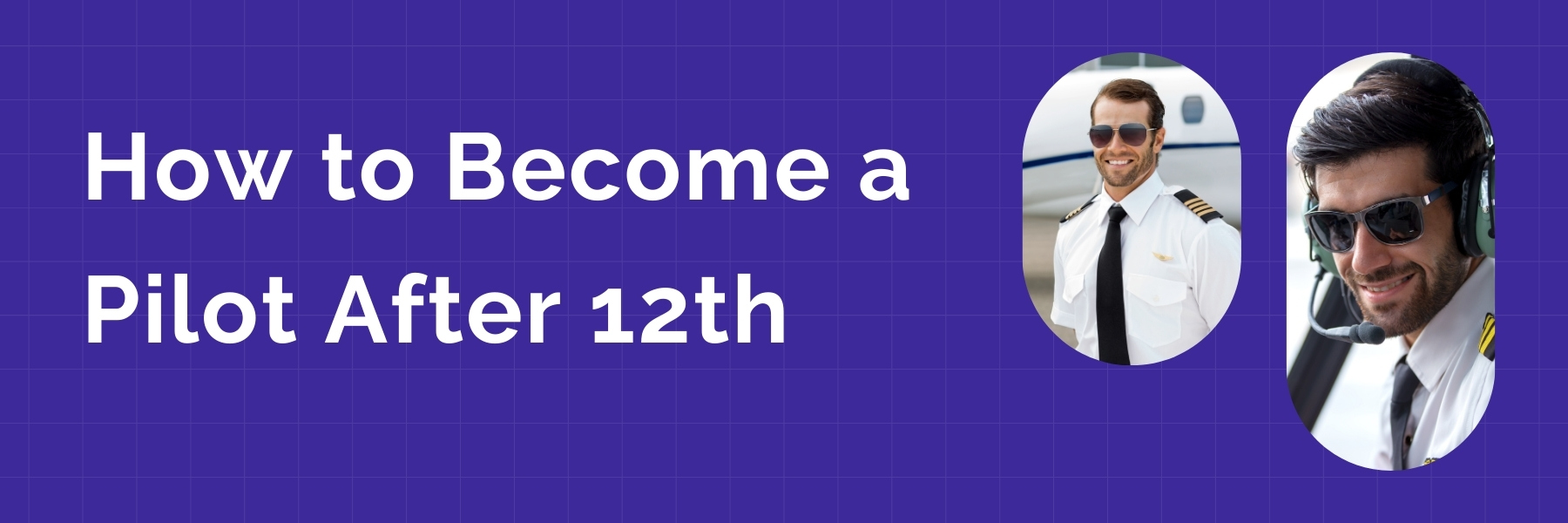
This guide is designed to assist you in becoming a pilot in India if you have recently completed your 12th grade and possess a strong desire to fly airplanes. We will explore the various pilot training programs available, the eligibility requirements you must meet, the training process you will undergo, the licensing procedures you will need to complete, and the career paths that await you in the aviation industry.
Soaring High: A Guide to Pilot Training Programs in India
Have you ever gazed at the sky and dreamt of piloting a plane? India’s booming aviation industry offers exciting opportunities for aspiring aviators. This guide delves into the two main pilot training programs available, helping you chart your course towards a fulfilling career in the skies.
- Commercial Pilot License (CPL):
- Your Gateway to Professional Aviation: The CPL equips you with the knowledge and skills to become a professional airline pilot. Imagine yourself commanding commercial passenger and cargo aircraft, connecting people and goods across domestic and international routes.
- Eligibility: To embark on this journey, you’ll need to have completed your 12th grade with Physics and Mathematics (PCM) or an equivalent exam. The minimum age requirement is 18 years at the time of license issuance.
- Training: Prepare for an intensive learning experience! The CPL program involves in-depth ground schooling covering aircraft systems, navigation, meteorology, aviation regulations, and human factors in aviation. This theoretical foundation translates into practical flight training on both single-engine and multi-engine aircraft. The total flying hours typically range from 200 to 230, but may vary depending on the program.
A 200-hour CPL training program can be broken down in a few ways, depending on the specific program and the distribution between ground school and flight training. Here are two common possibilities:
Option 1: Balanced Approach
- Ground School (70 hours): This covers theoretical knowledge in various areas:
- Aircraft systems (30 hours): Learn about the intricate workings of airplanes, including engines, instruments, electrical systems, and hydraulics.
- Navigation (20 hours): Master the art of navigating an aircraft using various methods, including visual landmarks, radio navigation aids, and GPS.
- Meteorology (10 hours): Understand weather patterns, their impact on flight, and strategies for safe flying in different weather conditions.
- Aviation regulations (5 hours): Learn the rules and regulations governing civil aviation to ensure safe and compliant operations.
- Human factors (5 hours): Explore the psychological aspects of aviation, focusing on decision-making, crew resource management, and fatigue management.
- Flight Training (130 hours): This translates theoretical knowledge into practical skills:
- Dual instruction (100 hours): Train alongside a certified flight instructor (CFI) in a single-engine aircraft for basic maneuvers, takeoffs, landings, emergency procedures, and instrument flying basics.
- Solo flying (30 hours): Once you demonstrate proficiency, practice independent flight under the supervision of a CFI on the ground.
Option 2: Emphasis on Practical Training
- Ground School (50 hours): The core theoretical knowledge is covered, but with slightly less time compared to Option 1.
- Aircraft systems (20 hours)
- Navigation (15 hours)
- Meteorology (8 hours)
- Aviation regulations (4 hours)
- Human factors (3 hours)
- Flight Training (150 hours): More time is allocated for flight experience:
- Dual instruction (120 hours)
- Solo flying (30 hours)
It’s important to note that these are just examples, and the actual breakdown can vary depending on the training provider and individual student progress. Some programs might have more simulator time incorporated for additional practice.
- Licensing: To officially become a CPL holder, you’ll demonstrate your mastery through a series of theoretical and practical exams conducted by the Directorate General of Civil Aviation (DGCA).
- Career Path: Earning your CPL opens doors to a rewarding career as an airline pilot. You’ll be qualified to fly commercial passenger and cargo aircraft, connecting the world through domestic and international flights.
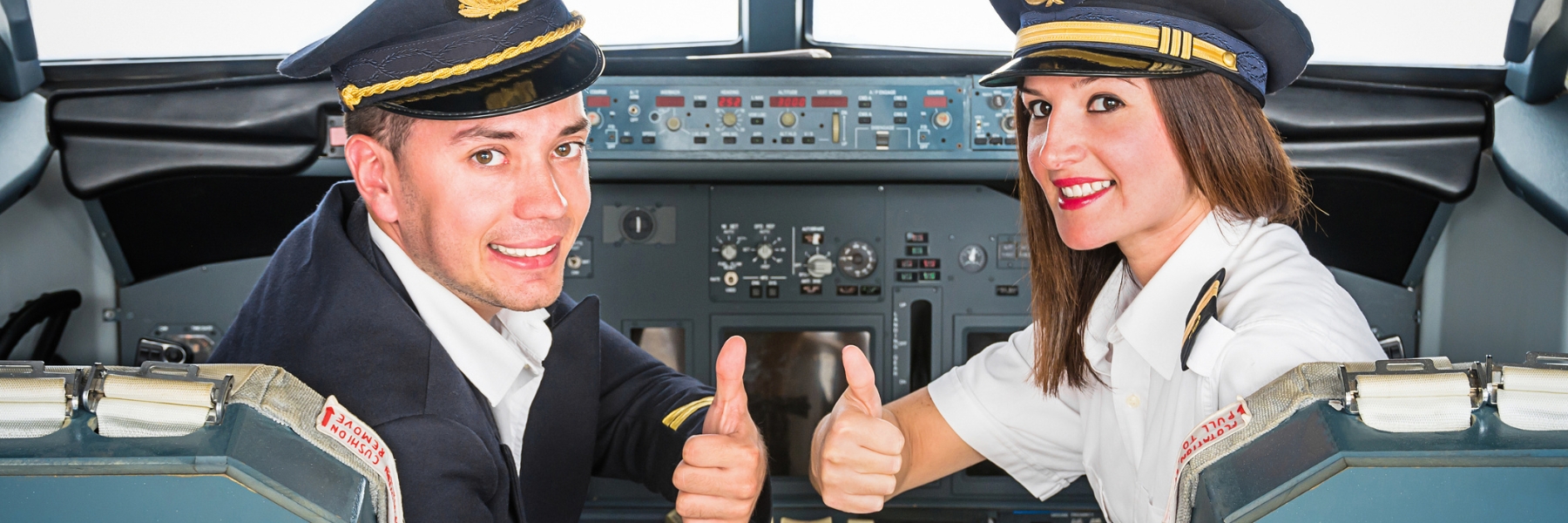
Exploring the Private Pilot License (PPL)
The Indian aviation industry offers a captivating opportunity for those who dream of soaring through the skies – not for commercial purposes, but for pure enjoyment. The Private Pilot License (PPL) program caters to individuals who yearn for the thrill and exhilaration of recreational flying. Imagine the feeling of freedom as you pilot your own private non-commercial airplane, exploring breathtaking landscapes or visiting nearby destinations at your own pace.
Eligibility: Embarking on your pilot journey with a PPL program requires fewer formalities compared to the CPL program. You only need a 10th standard pass certificate, making it accessible to a wider range of aspiring aviators. The minimum age requirement is 17 years for application and 18 years for license issuance.
The PPL program is designed to equip you with the knowledge and skills for safe and enjoyable recreational flying. While less intensive than the CPL program, it provides a comprehensive foundation in essential aviation principles.
Ground School: Building the Knowledge Base
- Aircraft Systems (10-15 hours): This module delves into the inner workings of airplanes, including the engine, electrical systems, instruments, and basic aerodynamics. You’ll understand how each component contributes to safe and efficient flight.
- Navigation (10-15 hours): Master the art of finding your way in the air. This section covers various navigation methods, including visual landmarks, radio navigation aids like VOR (Very High-frequency Omnidirectional Range) and DME (Distance Measuring Equipment), and basic chart reading skills. You’ll also learn about flight planning, which involves calculating routes, fuel requirements, and weather considerations.
- Meteorology (5-10 hours): Understanding weather patterns is crucial for safe flying. This module covers weather elements like wind, clouds, precipitation, and visibility. You’ll learn how to interpret weather reports and forecasts to make informed decisions about flying conditions.
- Aviation Regulations (5-10 hours): Ensure safety and responsible flying by learning the rules and regulations governing civil aviation in India. This includes airspace classifications, licensing requirements, operating limitations for private aircraft, and communication procedures with air traffic control.
Flight Training: Taking the Controls (40-50 hours)
Imagine the thrill of translating aviation theory into practical flight maneuvers! The PPL program’s flight training, conducted under the watchful eye of a certified flight instructor (CFI), unlocks this exhilarating world. With a total of 40-50 hours (depending on the program and your learning pace), you’ll take the controls of a single-engine aircraft and transform from book knowledge to hands-on experience.
Pre-Flight Confidence (5-10 hours):
Safety is paramount. This initial phase equips you with the pre-flight routine, ensuring a smooth and secure journey. You’ll learn meticulous pre-flight inspections to verify the aircraft’s condition, perform essential performance calculations for optimal flight planning, and conduct radio communication checks to establish clear dialogue with air traffic control.
Mastering the Machine (15-20 hours):
Get ready to feel the power of flight! This core phase focuses on mastering fundamental aircraft maneuvers. You’ll learn to taxi the aircraft on the ground with precision, execute takeoffs and landings with confidence, navigate climbs and descents smoothly, perform controlled turns, experience stalls in a safe environment (brief, controlled losses of lift), and perfect your landing techniques.
Prepared for the Unexpected (5-10 hours):
Aviation demands a proactive approach. This module equips you to handle unexpected situations with calmness and skill. You’ll delve into emergency procedures, learning how to effectively address engine failures, instrument malfunctions, and emergency landings, ensuring you’re prepared for any scenario.
Safety First, Always (5-10 hours):
Developing a strong foundation in safe flying practices is crucial. You’ll hone your situational awareness, constantly monitoring your surroundings in the air. This phase emphasizes sound decision-making, fostering a critical thinking approach. You’ll also practice crew resource management, learning to communicate and work effectively with your CFI. Finally, mastering proper checklist utilization ensures a smooth and safe flight experience.
By diligently completing both ground school and flight training, you’ll transform. You’ll no longer be a theory-equipped student, but a confident pilot capable of flying for your own recreational enjoyment, with the skills and knowledge to navigate the skies safely and responsibly.
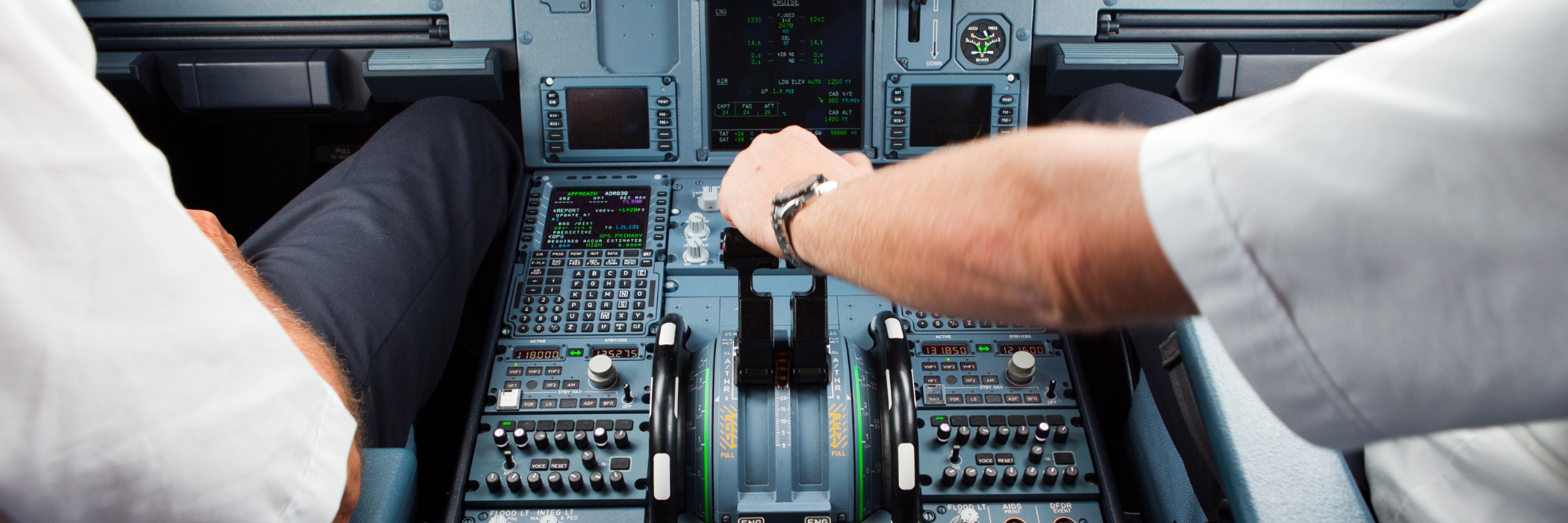
Expanding Your Aviation Horizons: Advanced Training Options
While the CPL equips you for a commercial pilot career, there are additional training pathways to further refine your skills and open doors to exciting opportunities:
- Multi-Engine Rating (ME Rating): Commercial airliners are typically multi-engine aircraft. While not mandatory for the initial CPL, airlines often require pilots to possess an ME rating. This add-on program involves additional training and licensing, focusing on the specific operation and handling characteristics of multi-engine aircraft. Mastering these skills enhances your marketability and expands your career potential within commercial aviation.
- Instrument Rating (IR): Imagine navigating an aircraft solely relying on instruments during low-visibility conditions like fog or cloud cover. The Instrument Rating equips you for precisely this scenario. This advanced program hones your instrument flying skills, enabling you to interpret complex avionics data and safely operate an aircraft in limited visibility situations. Earning your IR significantly increases your employability and opens doors to more diverse flying opportunities within commercial aviation.
- Flight Instructor Rating (FI Rating)
Are you passionate about sharing your love of flight and inspiring others? The Flight Instructor Rating equips you to become a Certified Flight Instructor (CFI). This program provides the necessary instructional skills and knowledge to guide aspiring pilots through their aviation journey. As a CFI, you’ll have the privilege of shaping the next generation of aviators and sharing your expertise in a fulfilling career.
- Type Ratings
Commercial aviation features a diverse fleet of aircraft. Airlines often require pilots to possess specific type ratings for the models they will operate. These specialized training programs delve into the intricacies of a particular aircraft’s systems, procedures, and handling characteristics. Earning type ratings for popular aircraft models is a powerful investment in your commercial aviation career. These qualifications make you a more attractive candidate to airlines and open doors to exciting flying opportunities.
Remember: The specific licenses you pursue will depend on your career goals and the requirements of the airlines you target.
Additional Tips:
- Start Early: Research pilot training programs and eligibility requirements well in advance.
- Maintain Excellent Health: Prioritize good health habits to ensure you meet medical fitness standards throughout your career.
- Develop Strong Communication Skills: Effective communication and teamwork are critical for pilots.
- Stay Current: The aviation industry is dynamic. Continuous learning and keeping your licenses current are essential.
Investing in Your Aviation Journey: Pilot Training Costs
Obtaining a pilot’s license is a significant investment, but it can pave the way for a rewarding career or the thrill of recreational flying. The cost of pilot training can vary depending on several factors:
- Flight School: The reputation and location of the flight school you choose can influence the overall cost.
- Program Duration: Training programs with more flight hours naturally cost more.
- Aircraft Used: The type of aircraft used for training (e.g., single-engine Cessna vs. multi-engine Diamond) can affect the cost per flight hour.
Commercial Pilot License (CPL):
- Estimated Cost Range: ₹30 lakhs – ₹50 lakhs (subject to change)
Private Pilot License (PPL):
- Estimated Cost Range: ₹5 lakhs – ₹10 lakhs (subject to change)
Remember: These are just estimated ranges. It’s crucial to research specific pilot training programs to get the most accurate cost information. Some flight schools might offer package deals or financing options to ease the financial burden.
Financing Options for Pilot Training
Taking flight towards your pilot aspirations requires a significant investment. Here are some financing options to consider:
- Educational Loans: Many banks and financial institutions offer education loans specifically designed for pilot training programs. Explore these options to make your training more manageable.
- Scholarship Programs: Take Off with Financial Aid: Look beyond loans! Some flying schools and government organizations offer scholarships to deserving candidates. Research programs like the Rajiv Gandhi UDAN (Ude Desh ka Aam Nagrik) scheme to see if you qualify for financial assistance.
- Self-Financing: Invest in Your Future: If you have the financial resources, self-financing your training can be a viable option. This approach allows you complete control over the pace and structure of your training program.

A Pilot’s Career Landscape in India
The Indian aviation industry is experiencing a takeoff unlike any other, creating a sky-high demand for qualified pilots. With your wings ready, here’s a glimpse into the diverse and fulfilling careers that await you:
- Airline Pilot: Commanding the Skies: This coveted role puts you at the helm of commercial passenger jets or cargo aircraft, connecting the world through domestic and international routes. Imagine the thrill of navigating vast distances, the satisfaction of delivering people and goods safely, and the prestige of a competitive salary and benefits package. Airline pilots get to experience the world from a unique vantage point, making this a truly dream career.
- Corporate Pilot: Exclusive Travel, Personalized Service: Does luxury aviation pique your interest? Corporate pilots navigate the private jet world, catering to the needs of corporations, business executives, and high-net-worth individuals. These roles often involve international travel, and you might find yourself managing itineraries, ensuring passenger comfort, and exceeding expectations on every flight.
- Flight Instructor: Shaping Tomorrow’s Aviators: For those who derive immense joy from sharing their passion and knowledge, the path of a Certified Flight Instructor (CFI) appeals to them. After accumulating experience and certifications, you’ll have the privilege of shaping the next generation of pilots. As a CFI, you’ll become a mentor, guiding aspiring aviators through the intricacies of flight training and igniting their love for the skies. Witnessing their transformation from eager students into confident pilots brings immense satisfaction and the opportunity to leave a lasting legacy on the aviation industry. This rewarding career allows you to pay forward your knowledge and passion, shaping the future of flight, one student at a time.
- Charter Pilot: Flexibility and Freedom: Charter pilots enjoy the unique advantage of flying private airplanes on demand for individuals or companies. This career path offers flexibility in scheduling and the opportunity to explore diverse locations. Whether it’s a weekend getaway for a family or a time-sensitive business trip, you’ll ensure your clients reach their destinations efficiently and comfortably.
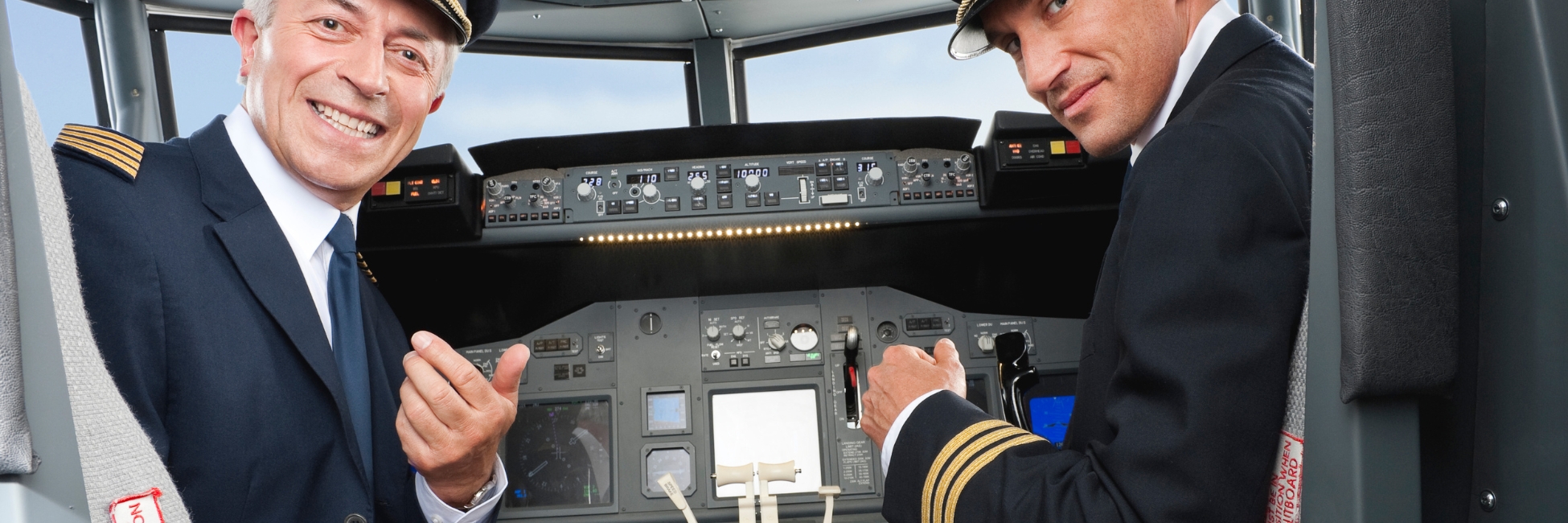
Important Considerations
- Commitment: Becoming a pilot requires dedication, perseverance, and a strong work ethic. The training is rigorous, and the career can be demanding.
- Medical Fitness: Maintaining good health throughout your career is crucial, as pilots undergo regular medical checkups to ensure they meet the stringent fitness standards.
- Vision: Even minor changes in vision can affect your flying career. Discuss any vision concerns with an ophthalmologist experienced in aviation medical assessments.
- Communication Skills: Excellent communication and teamwork are essential for pilots. You’ll need to convey information clearly, collaborate effectively with air traffic control and crew members, and maintain situational awareness.
- Discipline: A pilot’s actions directly impact the safety of passengers and crew. Strict adherence to regulations, procedures, and safety protocols is paramount.
Top Pilot Training Institutes in India
Here are some of the reputed flying schools in India offering CPL and PPL programs:
- Indira Gandhi Rashtriya Uran Akademi (IGRUA)
- Bombay Flying Club (BFC)
- Rajiv Gandhi Academy of Aviation Technology (RGAAT)
- Madhya Pradesh Flying Club (MPFC)
- National Flying Training Institute (NFTI)
- Ahmedabad Aviation and Aeronautics Limited (AAAL)
- CAE Oxford Aviation Academy
- Indigo Cadet Training Program (CTP) (by Indigo Airlines)
- Government Aviation Training Institute (GATI)
- Puducherry Thakur College of Aviation (PTCA)
Tips for Choosing a Pilot Training Institute
- Accreditation: Ensure the flying school is approved by the DGCA and affiliated with a recognized university or training organization.
- Safety Record: Research the institute’s safety record and reputation in the industry.
- Infrastructure: Look for a school with well-maintained aircraft, modern flight simulators, and qualified instructors.
- Training Curriculum: Review the course curriculum, flight hours offered, and the overall training approach.
- Cost and Fee Structure: Compare the costs of different programs and consider financing options.
- Location: Choose a training institute that is conveniently located or offers accommodation facilities.
Advanced Degrees in Aviation
Your CPL is a stepping stone to a rewarding aviation career. But why stop there? Consider pursuing higher education to elevate your knowledge and unlock exciting leadership opportunities. Here are a few compelling paths:
- Bachelor of Science (B.Sc.) in Aviation: Dive deeper into the science of flight. This program offers a comprehensive understanding of aviation theory, management fundamentals, and the intricacies of day-to-day operations.
- Courses: This program offers a well-rounded curriculum encompassing theoretical and practical knowledge. Expect courses in aerodynamics, aircraft systems and maintenance, air navigation, meteorology, aviation regulations, safety management, and business fundamentals specific to the aviation industry. You might also encounter specialized electives depending on the institute, such as unmanned aerial vehicle (UAV) operations or airport management.
- Institutions: Several universities and institutes in India offer B.Sc. in Aviation programs. Here are a few examples:
- Indira Gandhi National Open University (IGNOU)
- Amity University
- Anna University
- Chandigarh University
- UPES (University of Petroleum and Energy Studies)
- Duration: The duration of a B.Sc. in Aviation program typically ranges from 3 to 4 years depending on the specific institution and whether it’s a full-time or part-time program.
- Bachelor of Business Administration (BBA) in Aviation: Bridge the gap between business and aviation. This program equips you with core business management principles alongside specialized aviation courses. Prepare for careers in areas like airline management, airport operations, or aviation logistics.
- Curriculum: Bridging the business and aviation worlds, this program equips you for management roles within the aviation industry. Expect core business courses in accounting, finance, marketing, and human resource management, alongside specialized aviation courses in:
- Airline Management
- Airport Operations
- Aviation Logistics
- Air Cargo Management
- Institutions (Examples):
- Symbiosis International University
- Jain University
- Christ University
- Galgotias University
- Apeejay Stya University
- Duration: Typically 3-4 years, depending on the institution and program format (full-time or part-time).
- Master of Business Administration (MBA) in Aviation: This postgraduate program is designed for seasoned aviation professionals seeking leadership roles. Sharpen your business acumen and industry knowledge to excel in supervisory or executive positions within the dynamic world of aviation.
- Focus: This postgraduate program is designed for experienced aviation professionals seeking leadership roles.
- Coursework: Expect in-depth studies in:
- Strategic Management
- Aviation Economics
- Airline and Airport Marketing
- Financial Analysis in Aviation
- Leadership Development
- Specialization Options (May Vary):
- Airport Planning and Development
- Airline Operations Management
- Institutions (Examples): (Offering dedicated MBA in Aviation programs)
- Indian Institute of Management Calcutta (Executive MBA in Aviation)
- Woxsen School of Business (MBA in Aviation Management)
- Indira Gandhi Institute of Development Research (MBA in Aviation Management)
- Duration: Typically 1-2 years, depending on the specific program format (full-time, part-time, or executive).
Important Note: This information serves as a general overview. It’s essential to research specific programs at various institutions to obtain the latest details on course offerings, admission requirements, tuition fees, and program duration.
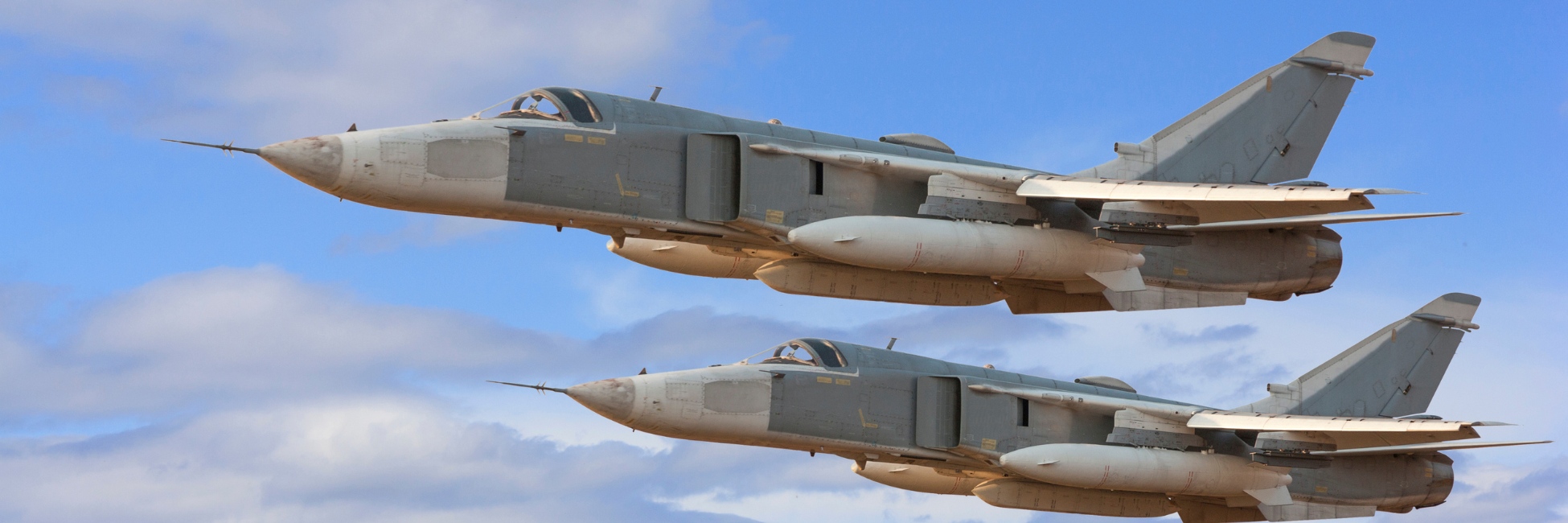
Becoming a Pilot in the Indian Air Force
Ever dreamt of piloting a fighter jet or navigating a transport aircraft for the Indian Air Force? This prestigious career path demands dedication, physical fitness, and a strong academic foundation. Here’s a breakdown of how you can take flight:
Eligibility:
- Citizenship: Be an Indian citizen.
- Age: The age limit varies depending on the entry route you choose. It typically ranges from 16.5 to 24 years.
- Marital Status: Must be unmarried.
- Education: Educational qualifications depend on the chosen entry method (explained below).
- Medical and Visual Standards: Pass stringent medical and vision tests to ensure physical and mental fitness for flying.
Entry Routes:
National Defence Academy (NDA) Examination: Open to students after completing 10+2 education. Qualifying the NDA exam leads to a three-year integrated course at NDA followed by training at the Air Force Academy.
Combined Defence Services (CDS) Examination: Graduates in any discipline can apply. Clearing the exam leads to a commission in the Indian Air Force, Army, or Navy, with subsequent pilot training provided.
Air Force Common Admission Test (AFCAT): Open to unmarried graduates. Qualifying candidates undergo further selection processes, including an interview and a Pilot Aptitude Battery (PAB) test, to assess their suitability for pilot training.
NCC Special Entry: For candidates holding an Air Wing Senior Division ‘C’ Certificate from the National Cadet Corps (NCC). Male candidates can apply for a permanent commission, while female candidates can opt for a short service commission.
Resources:
Indian Air Force Website: Explore the official website (https://indianairforce.nic.in/career-in-iaf/) for detailed information on eligibility criteria, the application process, and various pilot entry schemes.
Air Force Common Admission Test (AFCAT): Visit the AFCAT website (https://afcat.cdac.in/) for details about exam dates, eligibility, syllabus, and the application process.
Remember:
- Competition for becoming an IAF pilot is fierce.
- Dedication, physical fitness, and academic excellence are key to success.
- Research each entry route thoroughly to understand specific requirements and application procedures.
Ascend to New Heights: The Enchanting Appeal of a Pilot’s Career
It is impossible to resist the irresistible attraction of the world of aviation. A career that seamlessly integrates challenge, responsibility, and the exhilarating sensation of soaring above the clouds. As a pilot, you’ll navigate majestic aircrafts, connecting people and cultures across vast distances. This guide serves as your launchpad, equipping you with the foundational knowledge to embark on this captivating journey.
However, the path to becoming a pilot demands unwavering dedication, a burning passion for flight, and a relentless pursuit of excellence. These qualities will fuel your perseverance as you master the intricacies of aviation theory, hone your piloting skills, and cultivate the unwavering focus required for safe and successful flight operations.
Resources to Facilitate Your Path
Several valuable resources can provide guidance and support as you embark on this exciting journey:
Ministry of Civil Aviation (MoCA): Stay informed about the latest developments shaping the Indian aviation industry. The MoCA website offers insights into government policies, infrastructure projects, and initiatives that will influence the future of aviation in India.(https://www.civilaviation.gov.in/)
Directorate General of Civil Aviation (DGCA): The DGCA website is an essential resource for aspiring pilots in India. It provides a comprehensive overview of pilot licensing requirements, training regulations, safety guidelines, and other crucial information to ensure you meet all necessary qualifications. (https://www.dgca.gov.in/)
Aircraft Owners and Pilots Association (AOPA) India: Connect with a vibrant community of fellow aviators through AOPA India. This organization provides valuable resources, educational programs, and advocacy efforts specifically tailored to the needs of Indian pilots. Leverage their support to navigate your journey and gain valuable insights from experienced professionals.(https://www.aopa.org/)
By dedicating yourself to continuous learning and effectively utilizing these resources, you can transform your passion for flight into a remarkable career path. Take the first step today. Explore the captivating world of aviation, and set your sights on the limitless possibilities that await you in the skies. The adventure begins now!